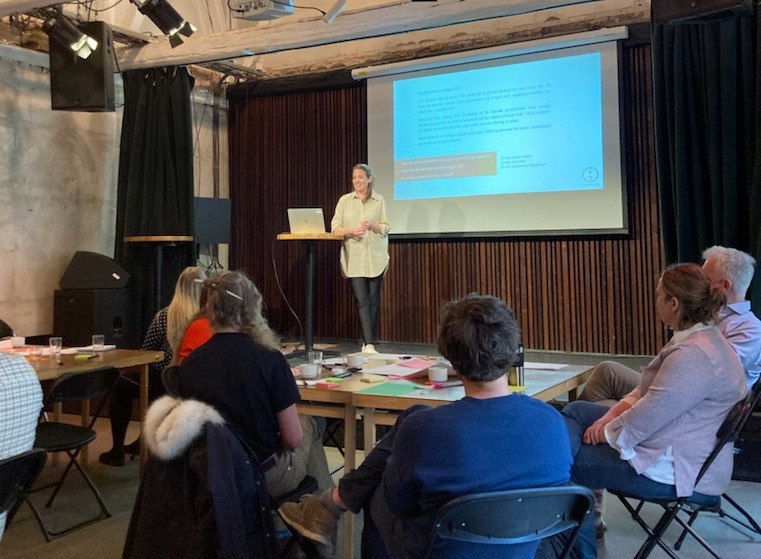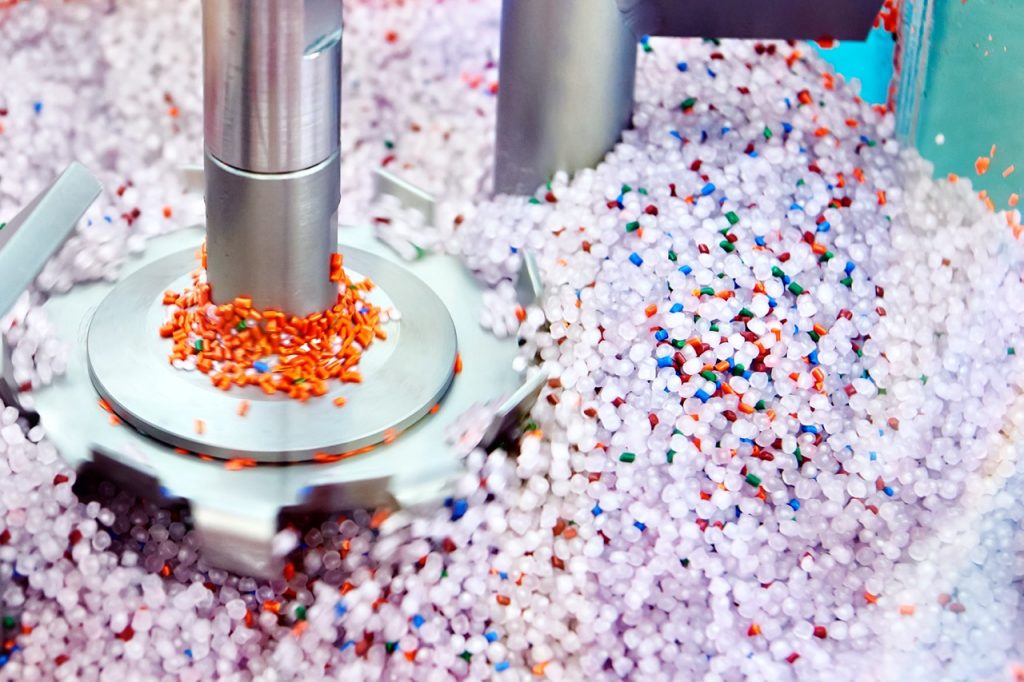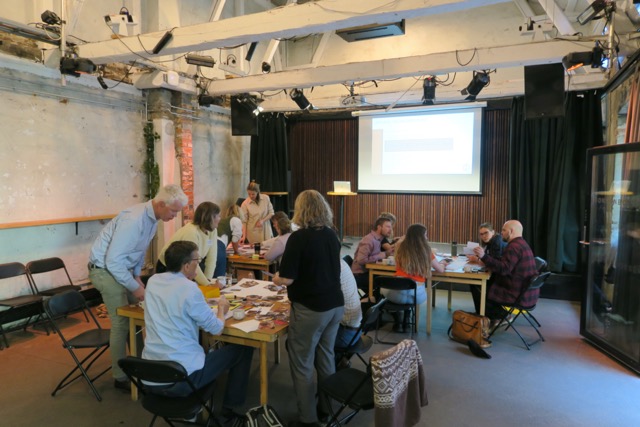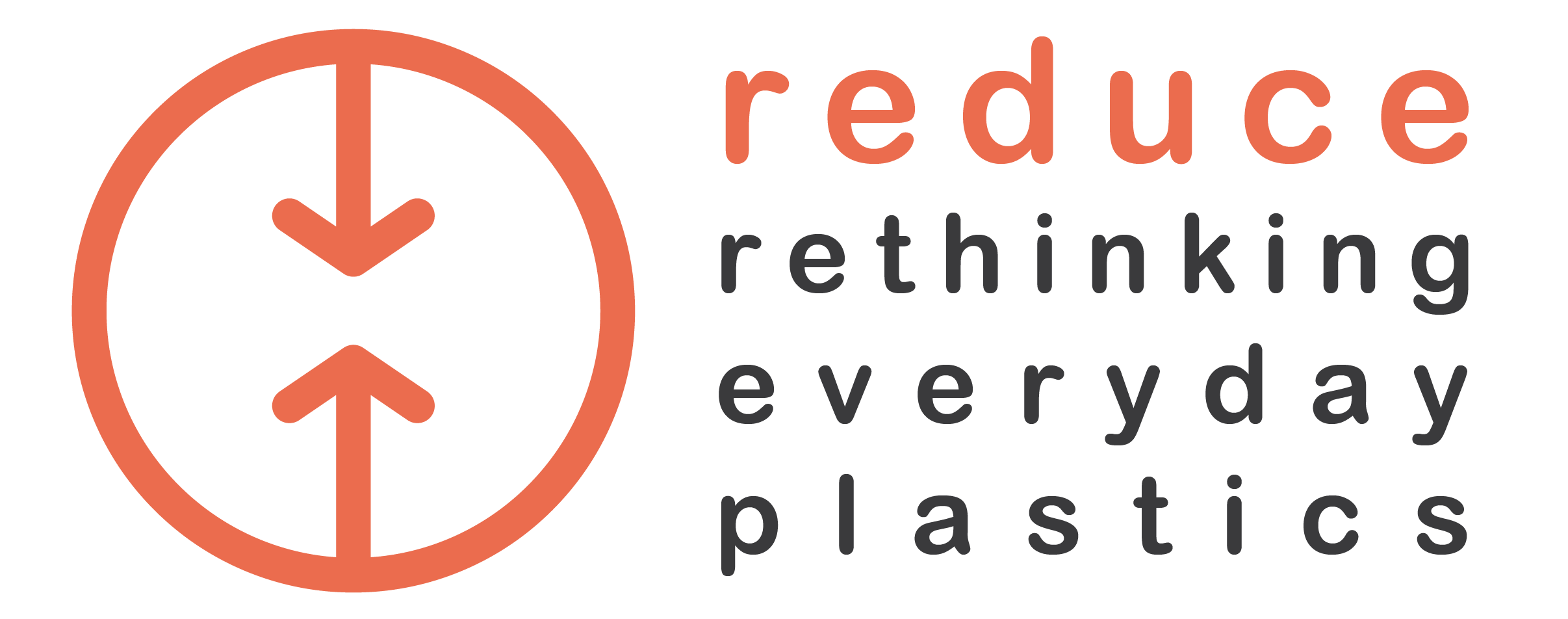We need to talk about plastics

At Kulturhuset in Oslo on April 21st , we met to talk about plastics. Participating in the workshop were the project partners from business and other organizations and OsloMet researchers from SIFO and the Department of Product Design. In particular, we were going to talk about the scope of plastic products in everyday life. What do we surround ourselves with every day, which is not packaging, but still made of plastic? What role do these products play in our lives? What is visible and invisible plastic? Where does plastic make sense and where is it superfluous? What political processes and ways of talking about plastic affect consumption? And how would we do without plastic? These questions are at the heart of our research project REDUCE.

Researchers are now calling for a cap on global plastic production. «It is the only thing that works,» says Martin Wagner at NTNU. We must therefore reduce the amount of plastic that is produced, in order to be able to cope with the environmental and health problems associated with plastic products. If you have followed the plastic theme in the media and in political discussions so far, the impression is probably that plastic is primarily packaging and disposable products, such as straws, bags, q-tips, cups and cutlery – that the plastic problem equals plastic in the sea – and that the solution is recycling. Of course, these products and the environmental problems they cause in the ocean are a huge problem, and a very visible one. In the REDUCE research project, we are concerned with the more invisible plastic, which surrounds us in almost everything we do, but which we do not notice as much, and which does not create as much media attention. There are products that cannot be recycled, such as clothes, toys, various sports and children’s equipment and menstrual products. The large amount of plastic in these products leads to problems with micro-plastics, leakage of chemicals, large amounts of waste and associated greenhouse gas emissions. Emissions are constantly increasing because low value and short lifespans lead to overproduction and overconsumption. The bottom line: we need to find better ways to use plastic.
We look at plastic consumption as built into today’s consumption system – and reducing plastic as a systemic design challenge. Therefore, we are more concerned with the preconditions for plastic consumption than we are with consumer power and consumer responsibility. If everything is set up for increased plastic consumption – and the alternatives do not exist or create economic and practical disadvantages – we cannot expect the individual to be the primary driver for change. The change must take place on many levels simultaneously in the system.

This day dedicated to talking about plastics finally gave us the opportunity to be in the same room and get to know each other. There were many interesting conversations during the day that gave us new ideas for collaboration opportunities.
We are looking forward to the continuation.
Here is more on what we talked about during the workshop:
Strategies for reducing the consumption of plastics
